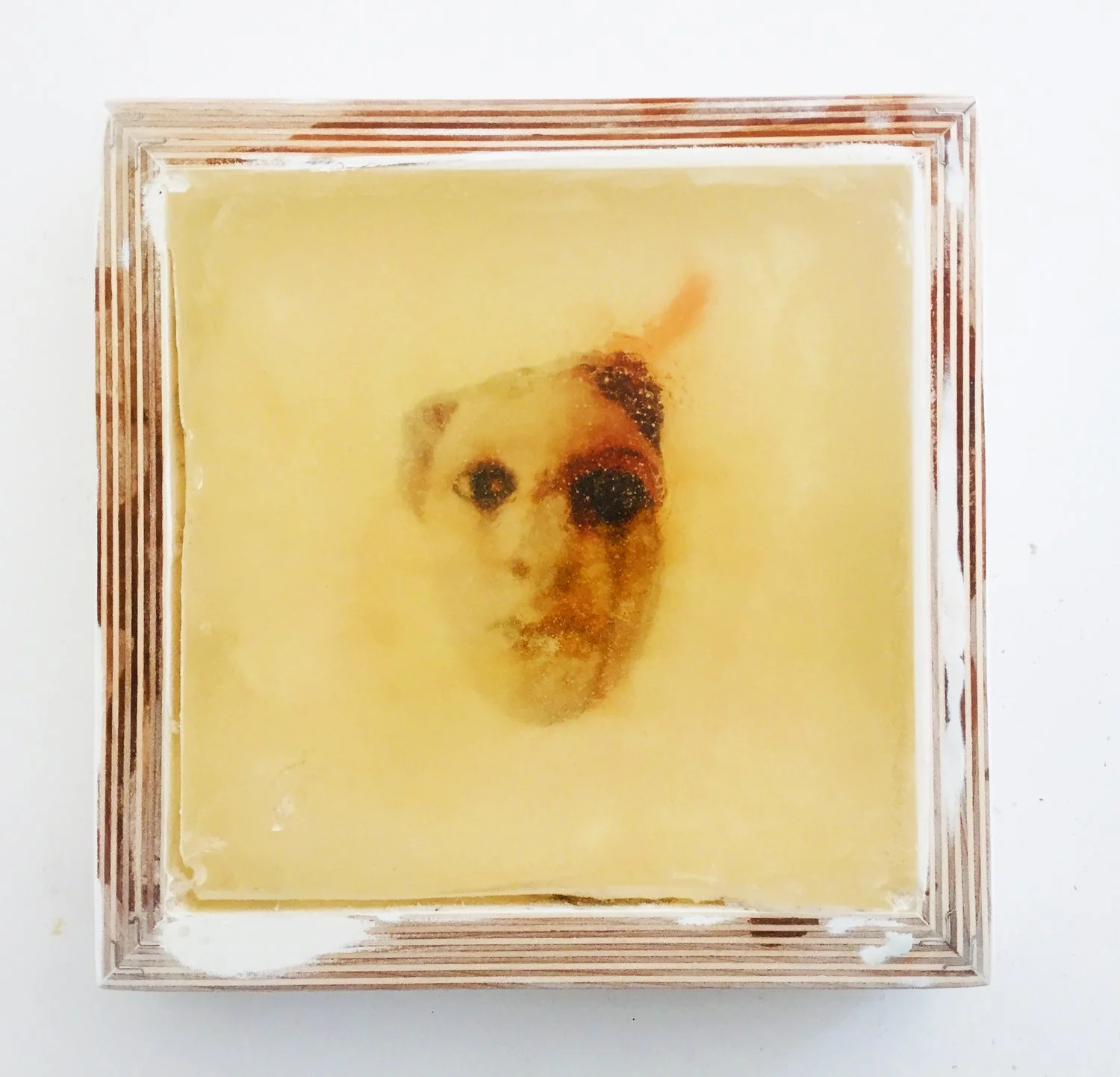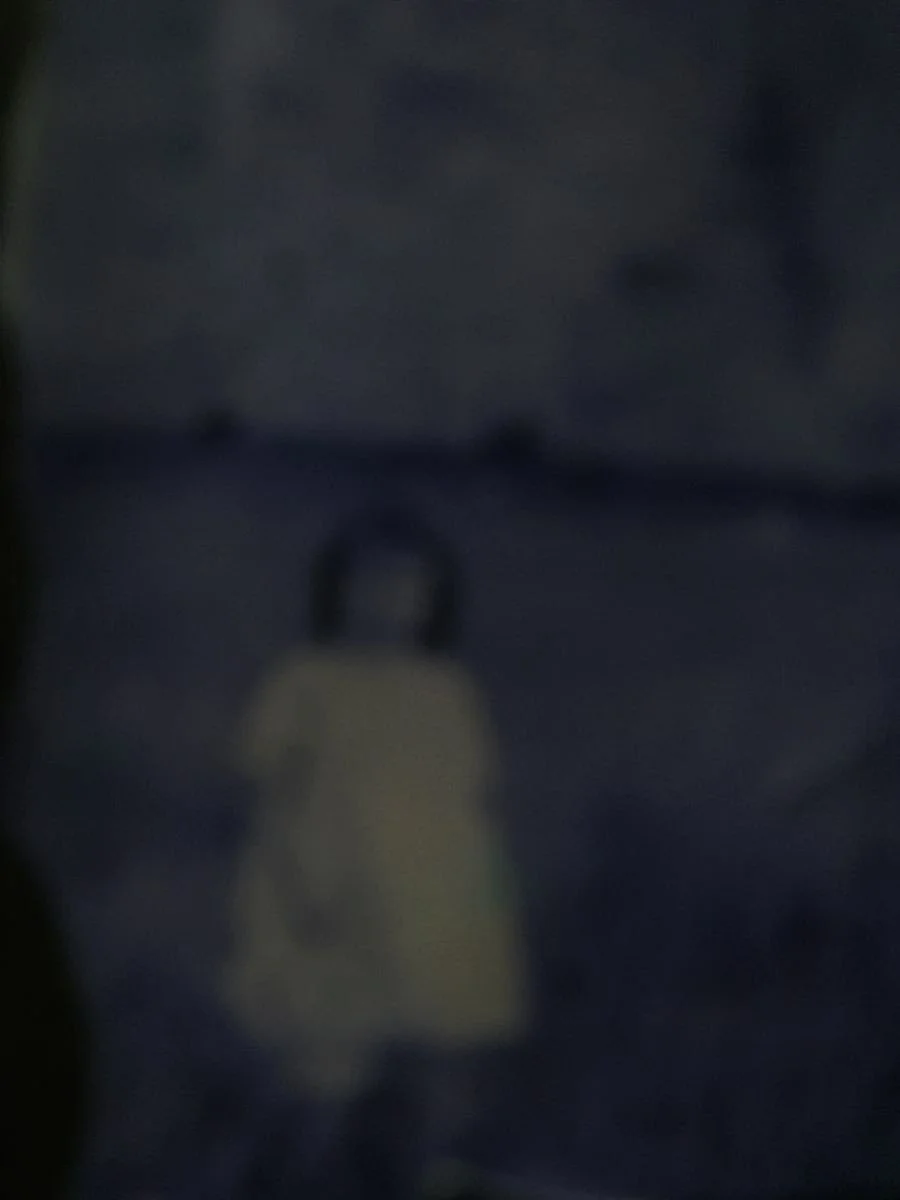“Athenian fragment of a face,’’ (archival pigment print, oil, resin, wood ), by Boston-based artist Jennifer Liston Munson, in her show “Looking In + Looking Out,’’ at Kingston Gallery, Boston, July 5-July 30.
Her artist’s statement includes:
“Jennifer Liston Munson’s work for her show …. creates lenses for the viewer to look in and for the subjects themselves to look back out. Her selection of art objects, ghostly figures, and landscapes call into question historical collection practices, the complexity of narratives, and the notion of belonging. ‘Looking In + Looking Out’ incorporates images of objects held in museum collections, photographs of unknown relatives, and abandoned historically significant interiors. In some of the pieces, Liston Munson makes the landscape the subject; spaces, trees, and enigmatic watery pools that remain while the bodies they contain dissolve to time, as layers of paint ooze from the edges to mark the art making process and the past. Other works look at architecture and history close up, making the past present.’’
#Kingston Gallery
















